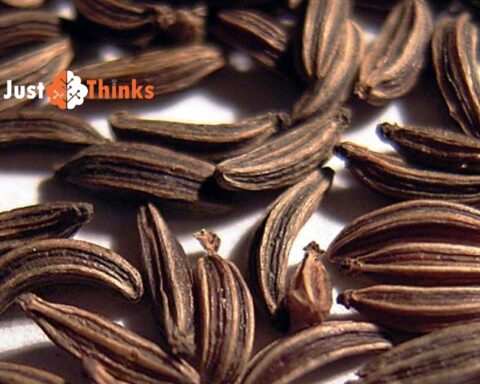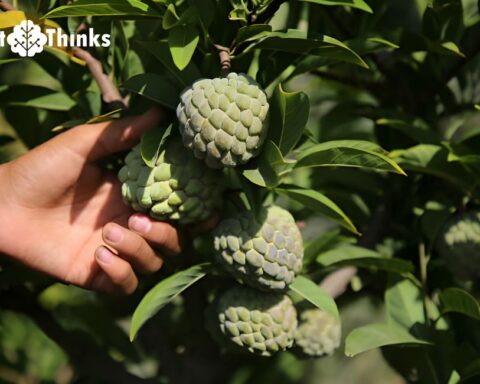Introduction
Fries, also known as French fries, are one of the world’s most beloved and iconic comfort foods. These golden, crispy, and flavorful strips of fried potatoes have found their way into the hearts of people across the globe. Whether enjoyed as a side dish with a burger, a companion to fried chicken, or even as a stand-alone snack, fries are a timeless classic that transcends cultural and geographical boundaries. In this article we will explore the art of making perfect fries, from selecting the right potatoes to mastering the frying technique.
Choosing the Right Potatoes
The foundation of any great batch of fries lies in the choice of potatoes. Not all potatoes are created equal, and some varieties are better suited for making fries than others. The most commonly used potatoes for making fries are russet or Idaho potatoes. These potatoes have a high starch content and low moisture, which makes them ideal for achieving that coveted crispiness on the outside and a tender, fluffy interior. However, Yukon Gold potatoes can also be a great choice, especially if you prefer a creamier texture.
Preparing the Potatoes
Once you’ve selected the right potatoes, it’s time to prepare them for frying. Here are the steps involved:
Peeling and Cutting: While peeling is optional, it’s a common practice. It’s important to cut the potatoes into even-sized sticks or wedges. Consistency in size ensures that the fries cook evenly.
Soaking: Soaking the cut potatoes in cold water is a crucial step. This helps remove excess starch from the potatoes, which can lead to gummy fries. Soak them for at least 30 minutes or even longer if you have the time.
Draining and Drying: After soaking, drain the potatoes and pat them dry with paper towels. Removing excess moisture is essential for achieving crispy fries.
The Art of Frying
Frying is where the magic happens, and it’s important to get it right. Here’s a step-by-step guide to mastering the art of frying perfect fries:
Choosing the Right Oil: The choice of oil is critical. Vegetable oils like canola or peanut oil are ideal due to their high smoke points. These oils can withstand the high temperatures required for frying without breaking down or producing off-flavors.
Preheating the Oil: In a deep, heavy-bottomed pot or a deep fryer, add enough oil to submerge the fries completely. Heat the oil to about 350-375°F (175-190°C). Using a thermometer to monitor the temperature is a good practice.
Frying the Potatoes: Carefully add a small batch of the dried potato sticks to the hot oil using a slotted spoon or basket. Ensure they are not overcrowded to allow for even cooking. The frying time typically ranges from 3-4 minutes per batch, or until the fries are golden brown and crispy.
Draining Excess Oil: Once the fries are done, use a slotted spoon to remove them from the oil and place them on a plate lined with paper towels. This step is essential for getting rid of excess oil, preventing greasy fries.
Repeat the Process: Continue the frying process with the remaining potatoes, working in small batches. This ensures that each batch is cooked to perfection.
Seasoning and Serving
The seasoning is where you can add your personal touch to the fries. While a generous sprinkling of salt is a classic choice, there’s no limit to the flavor profiles you can create. Paprika, garlic powder, cayenne pepper, or even a dusting of parmesan cheese can elevate the taste of your fries.
Seasoning: While the fries are still hot, season them to your liking. Toss the fries gently to distribute the seasoning evenly.
Serve and Enjoy: Serve your homemade fries immediately while they’re hot and crispy. Fries are fantastic on their own, but they can also be paired with various dipping sauces like ketchup, mayonnaise, aioli, or even more exotic choices like truffle aioli or cheese sauce.
Health Considerations
While fries are undoubtedly delicious, it’s important to be mindful of health considerations. Fries are typically high in calories and can be laden with unhealthy fats when prepared improperly. If you’re looking for a healthier alternative, consider baking your fries instead of frying them. Baked fries can be just as tasty with significantly less oil.
Cultural Variations
Fries are not limited to a single style or preparation method. They vary greatly from one culture to another, each with its unique twist on this beloved dish. Here are a few notable variations:
Pommes Frites: In France, you’ll find “pommes frites,” which are thinner and often served with a variety of gourmet dipping sauces.
Chips: In the United Kingdom, they’re known as “chips” and are typically thicker and often served with malt vinegar.
Poutine: In Canada, poutine takes the traditional fry and elevates it to a whole new level by topping it with cheese curds and smothering it in gravy.
Currywurst: In Germany, fries are often paired with currywurst, a sausage topped with a flavorful curry ketchup sauce.
Conclusion
Fries, the universally loved comfort food, have a rich and diverse history with endless possibilities for customization. Whether you prefer shoestring fries or steak fries, traditional seasoning or exotic toppings, the process of making perfect fries remains the same. Start with the right potatoes, prepare them carefully, master the art of frying, season to your liking, and enjoy your homemade masterpiece. As you experiment with different variations and cultural twists on this classic dish, remember that the joy of making fries lies not only in the final product but in the creative journey of crafting your perfect fry.






